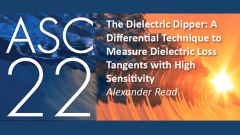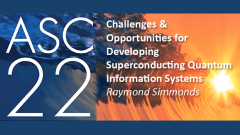For over half a century, high-energy particle accelerators have been a major enabling technology in particle physics, as well as nuclear physics and instruments of research for material science and biology. The decadal Particle Physics Community Planning Exercise known as “Snowmass” is in the final stages. Snowmass is a scientific study to define the most important questions for the field of particle physics and identify promising opportunities to address them. The activity is comprised of 10 “Frontiers” that focus on aspects of particle physics; Accelerator, (High) Energy, Neutrino, Rare Processes and Precision, Theory, Cosmic, Instrumentation, Computation, Underground Facilities, and Community Engagement. The particle physics community has demonstrated great imagination and creativity, proposing a plethora of ideas. The technical maturity of the proposed facilities ranges from shovel ready to those that are still largely conceptual. At this time, over 100 contributed papers have been submitted to the Accelerator Frontier (AF) covering the full spectrum of AF topics: Beam Physics and Accelerator Education, Accelerators for Neutrinos, Accelerators for Electroweak/Higgs, Multi-TeV Colliders, Accelerators for Physics Beyond Colliders and Rare Processes, Advanced Accelerator Concepts, and Accelerator Technology; RF, Magnets, and Targets and Sources. A comprehensive report will be released in October 2022 that will serve as input for the Particle Physics Project Prioritization Panel (P5) to develop a strategic plan for U.S. particle physics that will guide the field for the next decade and R&D priorities beyond that. Particle physics research at the energy frontier drives the development of novel ways to increase energy and improve the performance of accelerators, reduce their cost, and make them more power efficient. Among the wide range of proposals for future facilities that have been put forward, several rely on the development of beyond state-of-the-art superconducting materials and magnets. One of the more challenging proposals, a muon collider, would rely on superconducting magnets with unprecedented bore field and aperture, necessitating the use of high temperature superconductors. Development programs in the US, EU, Japan, and China are actively engaged in efforts to meet the challenge.
This talk will give an overview of some of the collider options and the required superconducting magnet technologies followed by a brief review of current world-wide activities. A comprehensive long-term roadmap, taking into consideration future potential challenges, is proposed.
 Cart
Cart Create Account
Create Account Sign In
Sign In





